DONKEY
Donkeys are related to horses and zebras. They are all members of the family ‘equus’, i.e. they are equines. The donkey is a descendant of the African wild ass, which is now rare in the wild and found in only a few remote parts of north-eastern Africa.
There are still several types of donkey living wild in various parts of the world including: the ‘Kiang’ in India and Nepal the ‘Somali’ wild ass in Africa the ‘Onager’ in Mongolia, Turkestan, Iran and Syria. Most wild donkeys stand between 102cm (10 hands) and 142 cm (14 hands).
In the wild, donkeys do not live in such close herds as horses and ponies do as they occupy marginal desert-lands where food is generally scarce. As a result they have developed very loud ‘voices’, which can carry just over three kilometres. This allows them to keep in contact with one another. Their larger ears also allow them to hear the distant calls of their neighbours. Donkeys also use their ears as a form of visual communication and they may help dissipate some of the hot desert heat.
Donkeys have a very tough digestive system that can break down almost inedible vegetation and at the same time extract and save as much moisture as possible.
Donkeys often live for twenty-five years or more. Some have been recorded as living to the ripe old age of sixty, although a forty-year-old donkey is considered to be elderly.
TYPES OF DONKEY
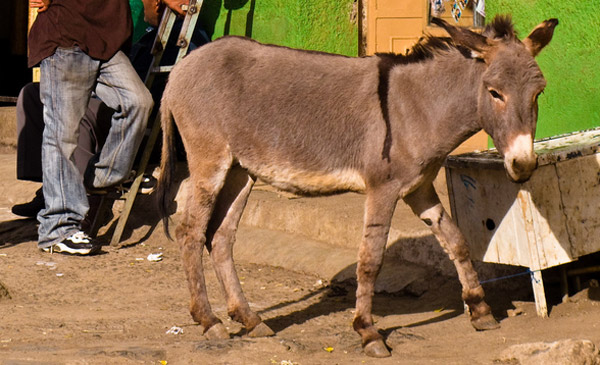
Abyssinian / Ethiopian Donkey
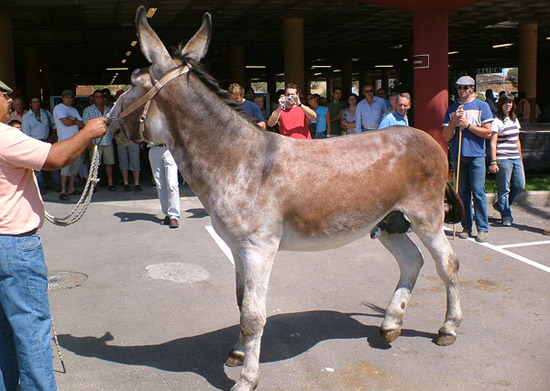
Andaluz Donkey – Cordovan
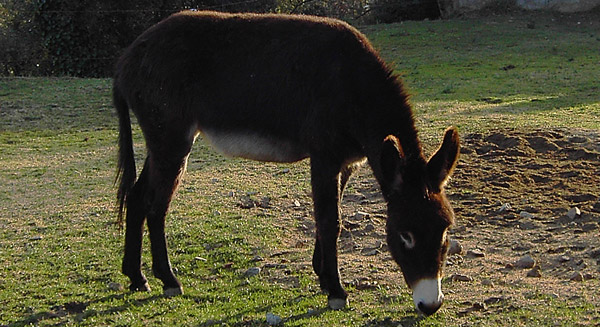
Catalan Donkey
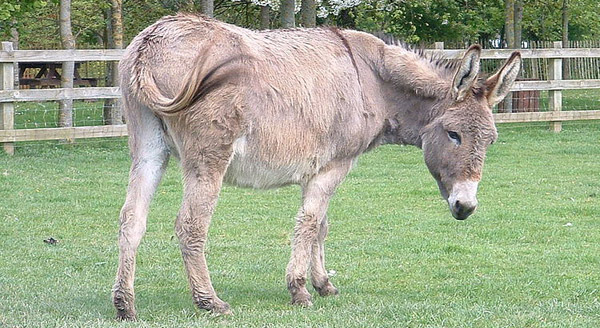
Cotentin Donkey
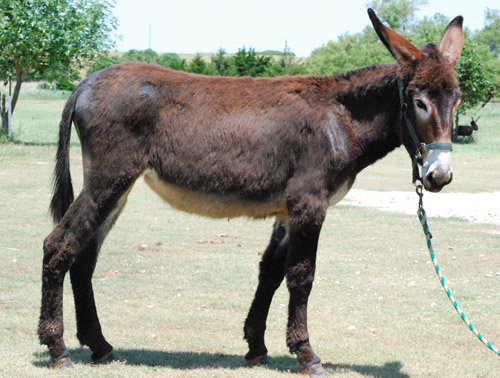
Mammoth Donkey
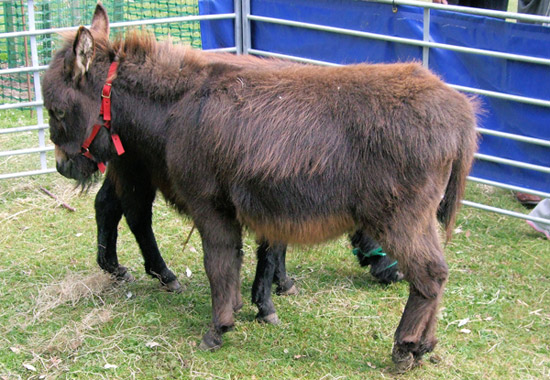
Miniature Mediterranean Donkey
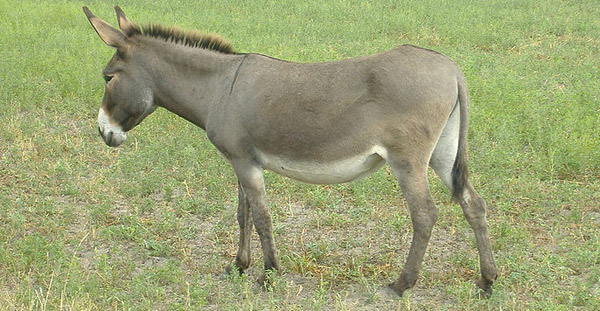
Parlag Donkey
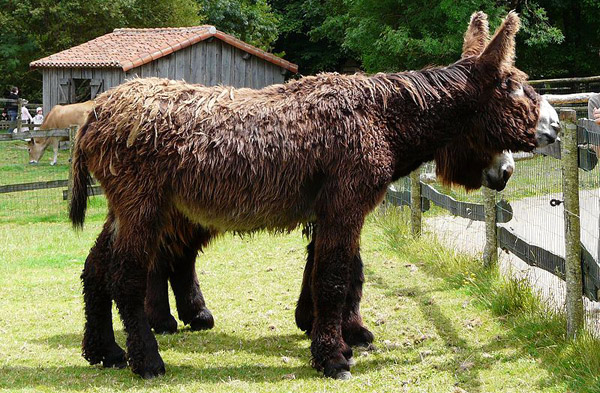
Poitou Donkey
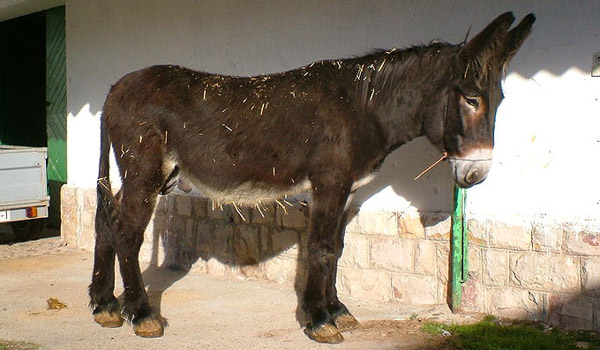
Zamorano-Leones Donkey